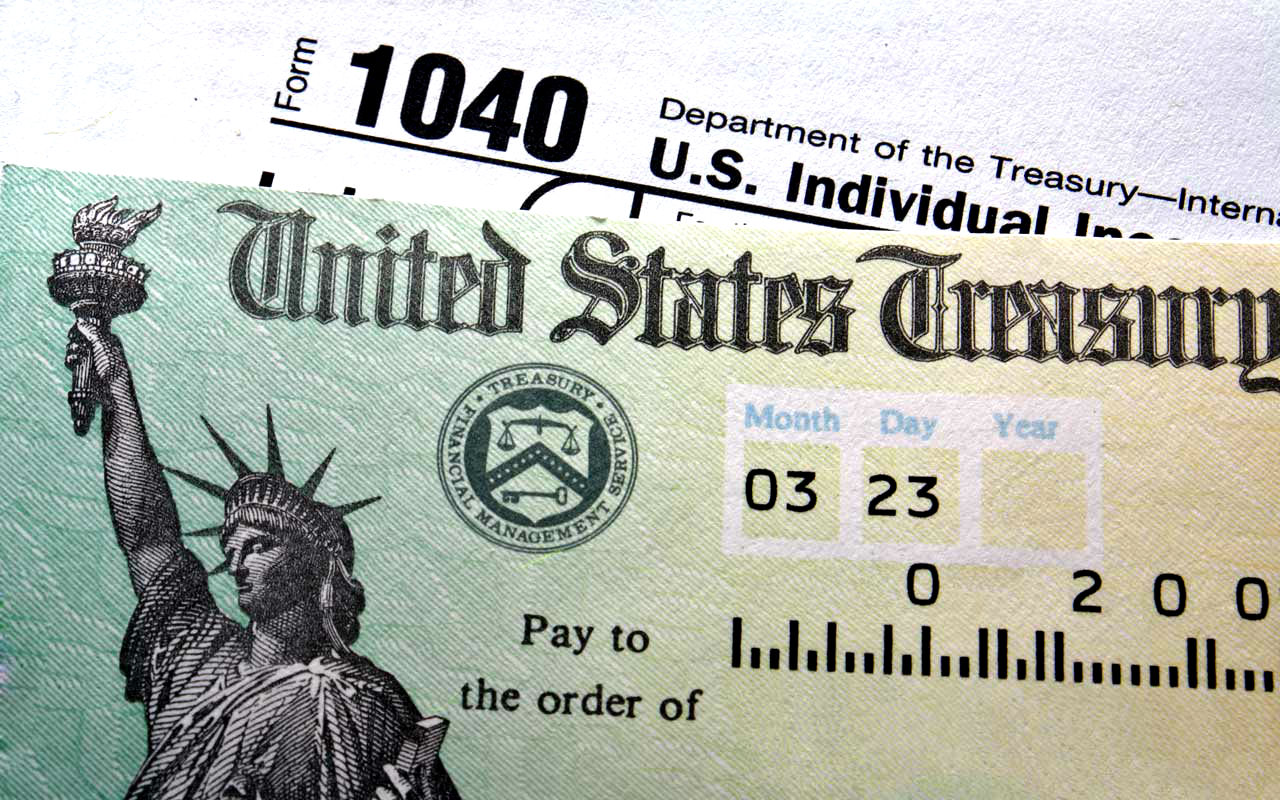
The Internal Revenue Service (IRS) has released its 2021 inflation adjustments that affect more than 60 federal income tax provisions.
They don’t affect what you’ll pay next year, but rather they impact your tax liability in 2022.
In 2021, the standard deduction for married couples filing jointly for the tax year 2021 will rise to $25,100, up $300 from the prior year. For single taxpayers and married individuals filing separately, the standard deduction will rise to $12,550 for 2021, up to $150, and for heads of households, the standard deduction will be $18,800 for the tax year 2021, up to $150.
The personal exemption for the tax year 2021 remains at 0, as it was for 2020. The elimination of the personal exemption was a provision in the Tax Cuts and Jobs Act.
While the November 3, 2020, election could change what you’ll pay in future taxes, currently for the 2021 tax year the top federal tax rate remains 37 percent for individual single taxpayers with incomes greater than $523,600 or $628,300 for married couples filing jointly.
The rates for people earning less than that are:
- 35 percent, for incomes over $209,425 ($418,850 for married couples filing jointly);
- 32 percent for incomes over $164,925 ($329,850 for married couples filing jointly);
- 24 percent for incomes over $86,375 ($172,750 for married couples filing jointly)
- 22 percent for incomes over $40,525 ($81,050 for married couples filing jointly)
- 12 percent for incomes over $9,950 ($19,900 for married couples filing jointly)
- The lowest rate is 10 percent for incomes of single individuals with incomes of $9,950 or less ($19,900 for married couples filing jointly)
No limits on itemized deductions
For 2021 — as in 2020, 2019, and 2018 — there is no limitation on itemized deductions, as that limitation was eliminated by the Tax Cuts and Jobs Act. However, Democrats have said they plan to reconsider that law should they regain the White House.
The Alternative Minimum Tax (AMT) exemption amount for the tax year 2021 is $73,600 and begins to phase out at $523,600 — $114,600 for married couples filing jointly for whom the exemption begins to phase out at $1,047,200.
The 2020 exemption amount was $72,900 and began to phase out at $518,400, or $113,400 for married couples filing jointly for whom the exemption began to phase out at $1,036,800.
The IRS also clarified what consumers can contribute to tax-deferred retirement accounts. Employees can still put away $19,500, or $26,000 if they are aged 50 or older, thanks to the catch-up contribution limit, unchanged at $6,500.
Individual retirement account contribution limits are also the same for 2021 — $6,000 with an additional catch-up contribution of $1,000 for people 50 and older. SIMPLE retirement accounts still have the limit at $13,500 for next year reports Consumer Affiars.
Become a Harlem Insider!
By submitting this form, you are consenting to receive marketing emails from: . You can revoke your consent to receive emails at any time by using the SafeUnsubscribe® link, found at the bottom of every email. Emails are serviced by Constant Contact








